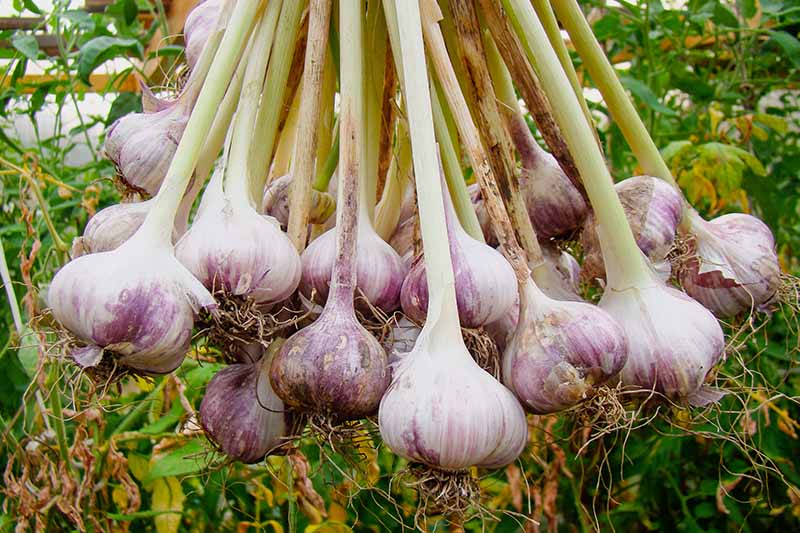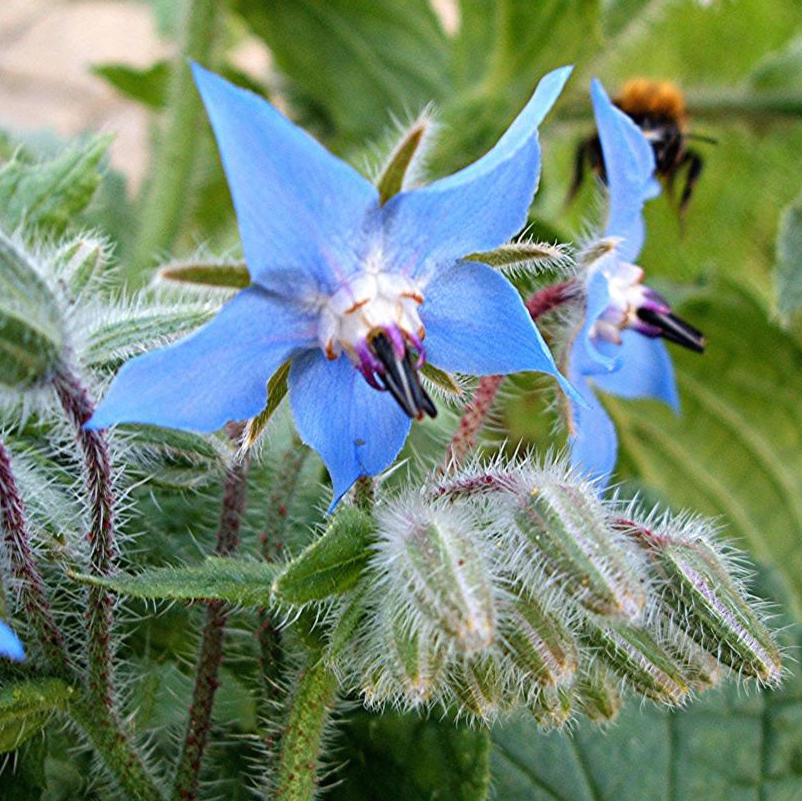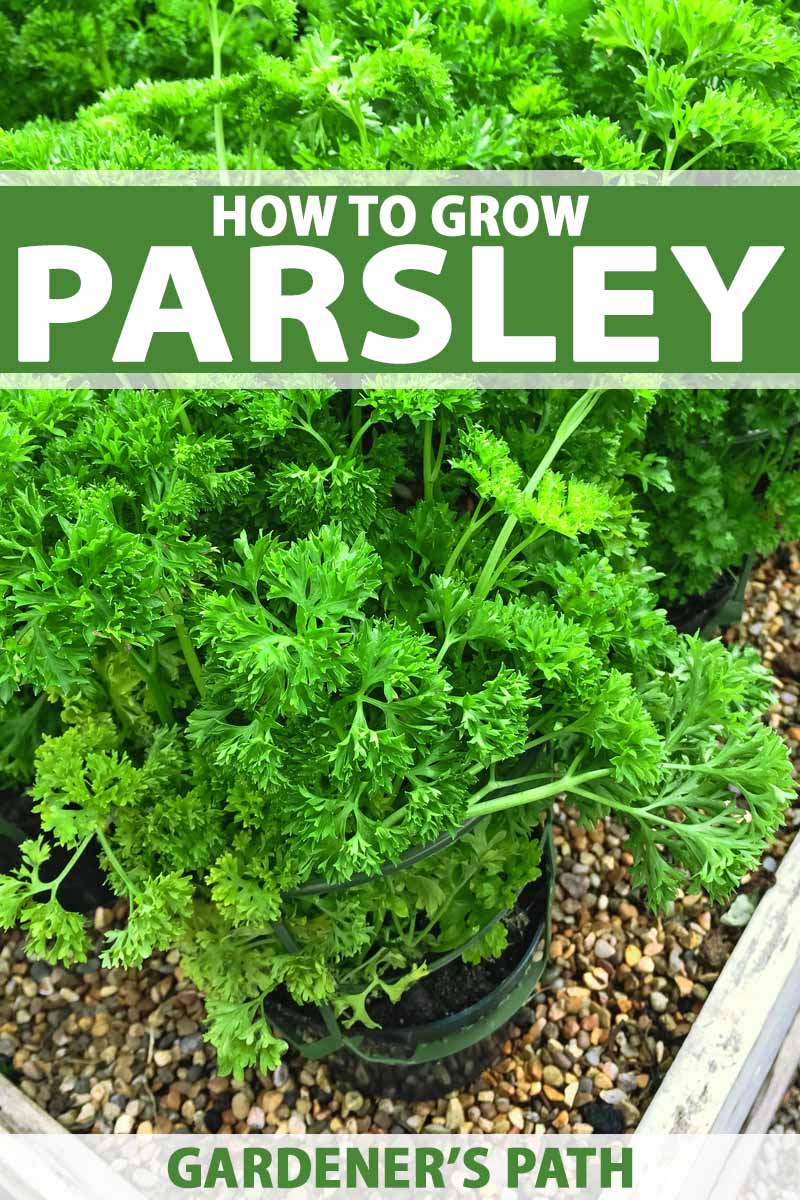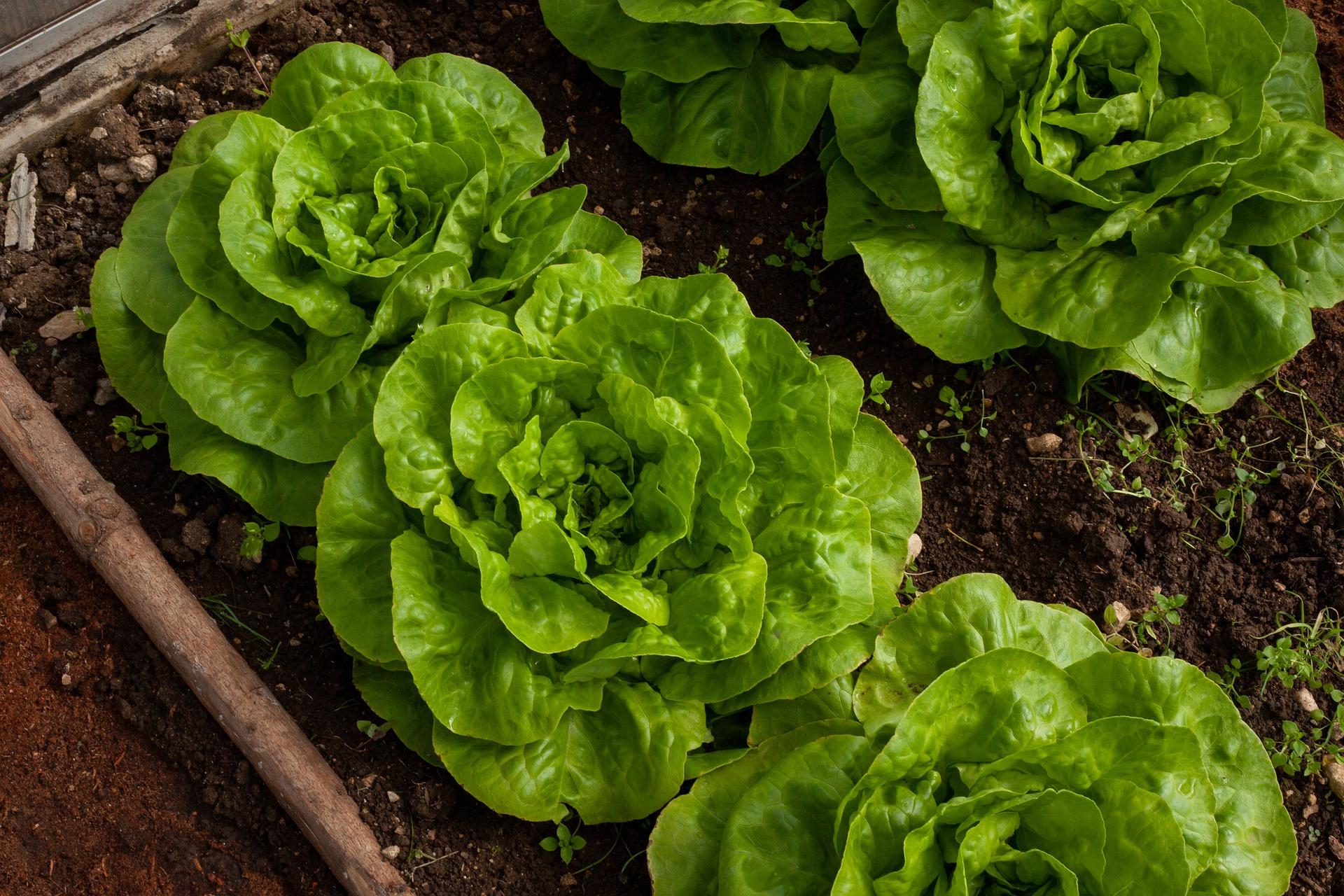The Ultimate Tomato Companion Plants Chart
The Ultimate Tomato Companion Plants Chart
Tomatoes are one of the most popular vegetables to grow in the garden, and for good reason. They're delicious, versatile, and relatively easy to care for. But did you know that there are certain plants that can help your tomatoes grow even better?
That's right, companion planting is a great way to boost the health and productivity of your tomato plants. By planting certain companion plants near your tomatoes, you can help to deter pests, improve soil quality, and increase pollination.
In this blog post, we'll take a look at some of the best companion plants for tomatoes. We'll also provide a handy companion planting chart that you can use to plan your garden.
What are Companion Plants?
Companion planting is the practice of planting certain plants together in order to benefit each other. Some companion plants attract beneficial insects, while others help to repel pests. Some companion plants improve soil quality, while others provide shade or support.
There are many different companion plants that can be beneficial for tomatoes. Some of the most popular include:
- Basil: Basil is a classic companion plant for tomatoes. It helps to repel aphids, spider mites, and other pests. Basil also improves the flavor of tomatoes.
- Marigolds: Marigolds are another great companion plant for tomatoes. They help to repel nematodes, which are tiny worms that can damage tomato roots. Marigolds also attract beneficial insects, such as ladybugs and lacewings.

- Onions: Onions and other members of the onion family, such as chives and leeks, help to repel aphids, thrips, and spider mites. They also improve the flavor of tomatoes.
- Garlic: Garlic is another strong-scented herb that helps to repel pests. It also improves the flavor of tomatoes.

- Borage: Borage is a flowering herb that helps to attract beneficial insects, such as bees and butterflies. It also improves the flavor of tomatoes.

- Nasturtiums: Nasturtiums are a colorful flower that helps to attract beneficial insects and repel pests. They also improve the flavor of tomatoes.

- Calendula: Calendula is a daisy-like flower that helps to repel pests and attract beneficial insects. It also improves the flavor of tomatoes.

- Parsley: Parsley is a leafy herb that helps to attract beneficial insects and improve the flavor of tomatoes.

- Spinach: Spinach is a leafy green that helps to improve the soil quality around tomato plants. It also provides shade for tomato plants during hot weather.

- Lettuce: Lettuce is another leafy green that helps to improve the soil quality around tomato plants. It also provides shade for tomato plants during hot weather.

How to Use a Companion Planting Chart
A companion planting chart is a visual guide that shows you which plants can be planted together. There are many different companion planting charts available online and in gardening books.
To use a companion planting chart, simply find the tomato plant on the chart and see which other plants are listed as compatible. You can then plant these companion plants near your tomato plants to reap the benefits of companion planting.
Here are some tips for using a companion planting chart:
- Not all companion planting charts are created equal. Some charts are more comprehensive than others. Do some research to find a chart that you trust.
- Not all plants will be compatible with every tomato variety. Be sure to check the chart to make sure that the plants you're planning to plant are compatible with your tomato variety.
- Companion planting is just one part of gardening. You'll also need to provide your tomato plants with adequate sunlight, water, and nutrients.
Conclusion
Companion planting is a great way to boost the health and productivity of your tomato plants. By planting certain companion plants near your tomatoes, you can help to deter pests, improve soil quality, and increase pollination.
If you're new to companion planting, start by using a companion planting chart to help you plan your garden. With a little planning, you can create a thriving tomato garden that will produce delicious tomatoes all season long.
Do you love growing tomatoes in your garden? If so, you'll want to know about companion planting. Companion planting is the practice of planting certain plants together to benefit each other. For tomatoes, some of the best companion plants include basil, marigolds, and nasturtiums.
Basil is a natural pest repellent that can help keep away tomato hornworms and other pests. Marigolds help to improve the soil and repel nematodes. And nasturtiums attract beneficial insects that help pollinate tomatoes.
If you're looking for a comprehensive tomato companion plants chart, I recommend visiting Gardenia Inspiration. This website has a wealth of information on companion planting, including a detailed chart of which plants are good and bad companions for tomatoes.
Image of tomato companion plants chart
5 different images of "tomato companion plants chart" from Pinterest:
- Image 1: This image shows a chart of tomato companion plants, with both beneficial and harmful plants listed. The beneficial plants are listed in green, and the harmful plants are listed in red.
- Image 2: This image shows a more detailed chart of tomato companion plants, with information on the specific benefits that each plant provides. For example, basil is listed as a beneficial companion plant because it helps to repel tomato hornworms.
- Image 3: This image shows a chart of tomato companion plants that is organized by planting zone. This can be helpful if you are not sure which plants are compatible with your climate.
- Image 4: This image shows a chart of tomato companion plants that is organized by height. This can be helpful if you are limited on space and need to choose plants that will grow well together.
- Image 5: This image shows a chart of tomato companion plants that is organized by color. This can be helpful if you are looking for plants that will complement the color of your tomato plants.

Post a Comment for "The Ultimate Tomato Companion Plants Chart"